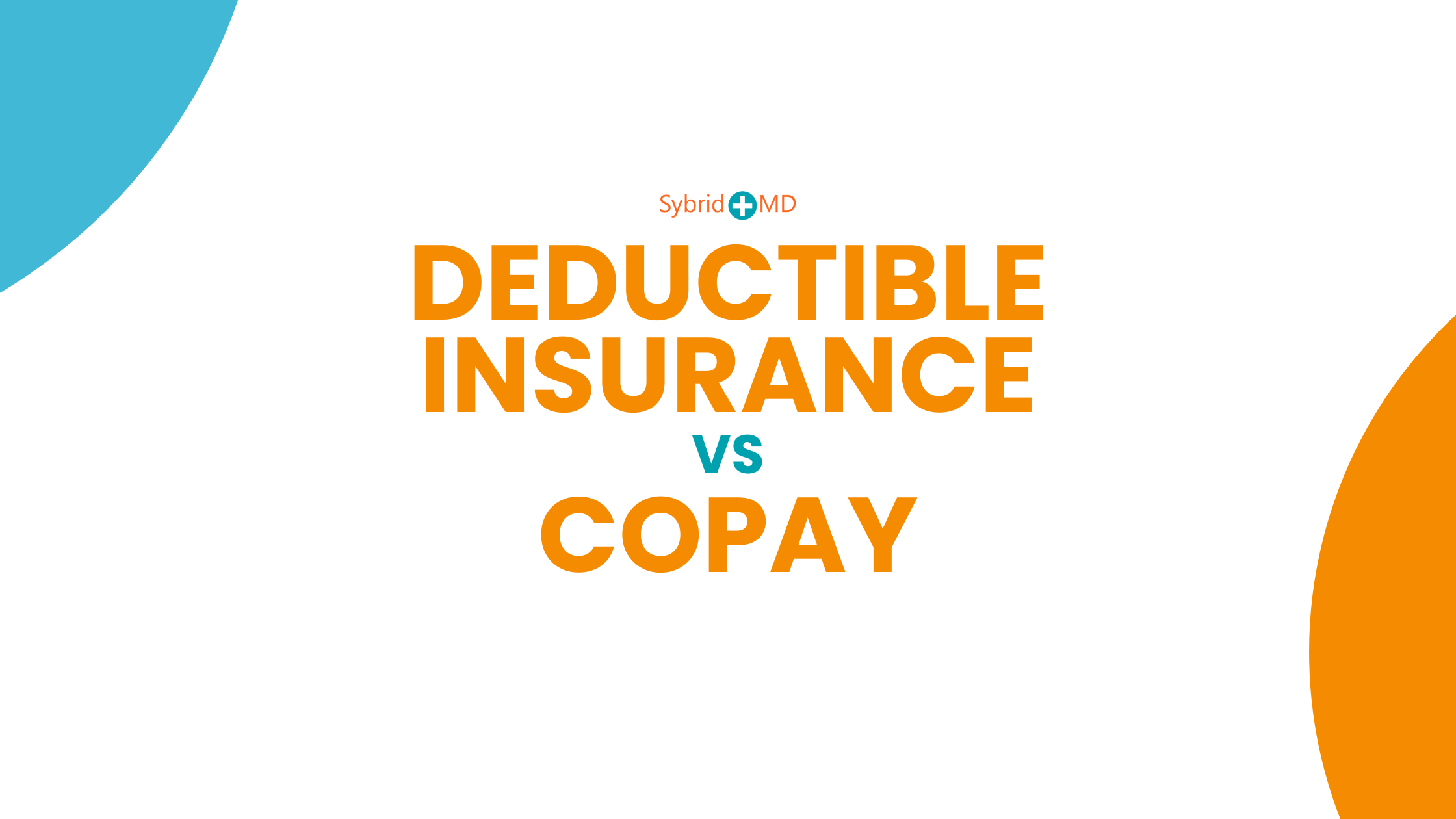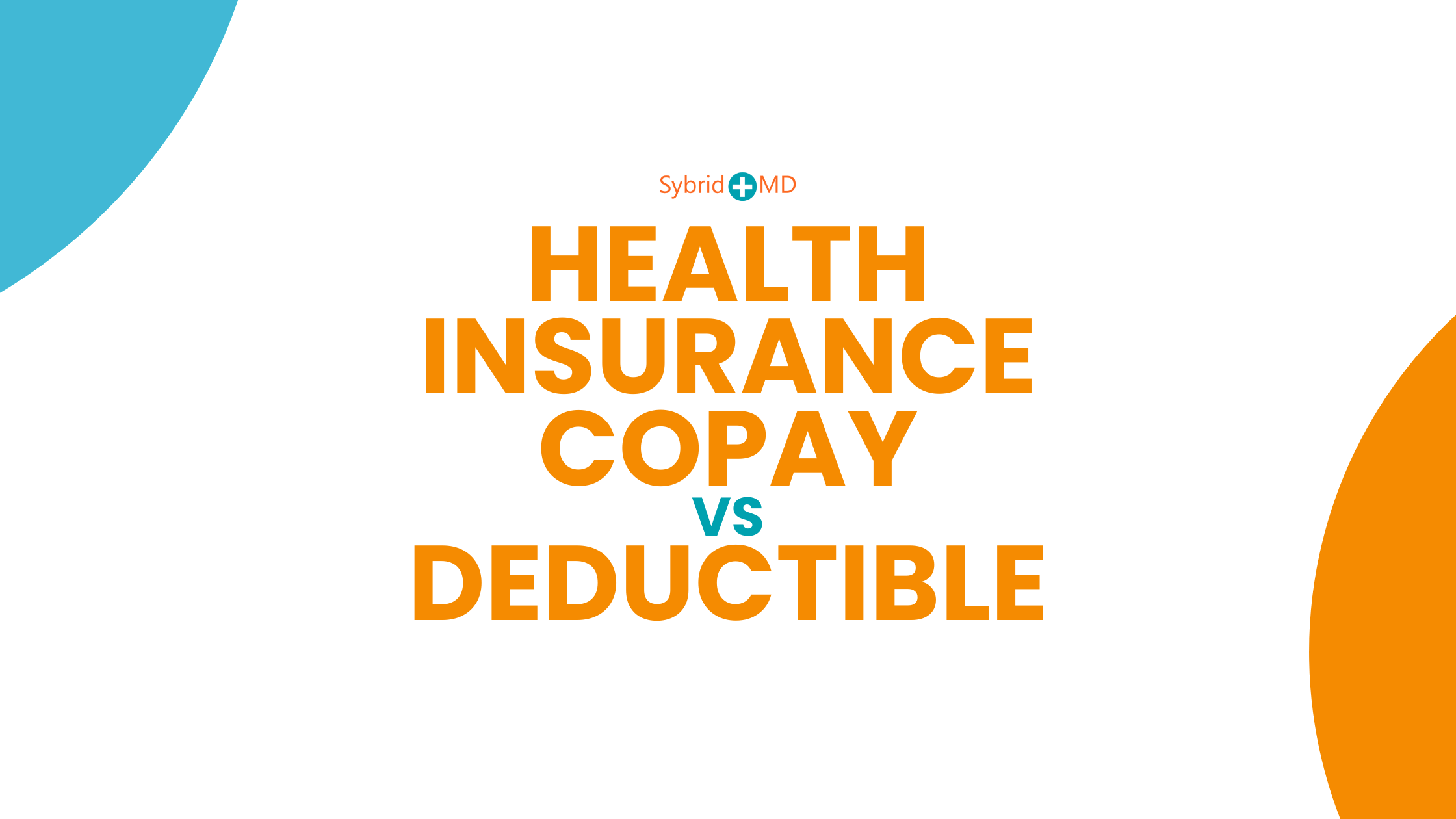When getting through the complexities of health insurance, terms like Copay in Health Insurance come into play, and leave individuals confused over what they mean. A copay (or copayment) is a fixed amount of money paid for a specific medical service, prescription, or doctor visit out-of-pocket. Understanding this concept is vital, because it impacts healthcare costs, and the budgeting that accompanies it.
What is Copay Meaning in Medical Billing?
Within the context of medical billing, a copay is the agreed-upon, fixed amount of a fee that you are responsible for paying out of pocket for a given health service or prescription in accordance with your health plan. Copays help to divide the cost of medical services between you and your insurance provider so that healthcare is more affordable and you are motivated to use these services only when necessary.
Most of the time, you’ll pay a copay at the point of service. When you enter college, for instance, you might also start paying your minimum copay when visiting the doctor or a specialist (not at the drug store, however). The rest would be covered by your insurance policy if the service is one of the benefits covered by your plan.
Example
Say your health insurance plan says a specialist visit costs a $30 copay. If the total price of the visit is $150, then you will pay $30 at the appointment. Your insurance will pay the remaining $120, assuming that all other conditions (e.g., deductibles) were met.
What is the difference between Deductible Insurance Vs Copay?

Deductible
A deductible is the amount you have to pay out of pocket for covered healthcare services before your insurance starts to share costs. It is an annual deductible that resets at the start of each policy year.
If your health insurance plan has a $1,000 deductible, you are responsible for paying all eligible medical expenses visits to a doctor, to a hospital, and diagnostic tests — until this amount. Once you reach the deductible, your insurer helps pay the costs based on the terms of your plan (typically via coinsurance or copays).
Copay
A copay is a flat charge you pay at the time of use for certain services, regardless of whether you have met your deductible. Copays usually cover routine care, prescriptions, or specialist visits. If your plan has a copay of $20 for a primary care visit, you will pay $20 per visit, even if you haven’t reached your deductible.
While the deductible is a one-time threshold, copays are recurring costs that occur with each service or visit.
Health Insurance Copay vs Deductible

Deductible
The deductible is what you have to pay out of pocket each year for covered services before your insurance plan pays its portion. So if you have a $1,000 deductible, for example, you’ll pay out of pocket for eligible medical expenses (at the doctor’s office, in the hospital, in a lab, etc.) up to the amount of the deductible you’ve chosen. After you reach that amount, your insurance starts paying for your costs, though you might still pay copays or coinsurance.
Copay After Deductible
Many Insurance plans charge copays for certain services, even after you meet your deductible. For instance, a plan might say “$30 copay after deductible,” indicating that after you’ve met your deductible, you’ll pay $30 for each visit to a doctor — your insurer will cover the balance.
Copay Without Deductible
Some services such as preventive care (think: annual visits to the doctor’s office or vaccines) may require just a copay and don’t necessarily go toward the deductible. This allows access to vital care to be more affordable and easier.
Copays are a predictable amount, while deductibles are a set threshold amount you pay once a year.
Is Copay Part of the Deductible?
When Copays Count Toward Deductible
In some plans, copayments for specific services count toward your deductible. So, if you have a $30 copay for doctor visits, the care would add that $30 to your total deductible amount until they meet it.
So, if your deductible is $1,000 and you pay three $30 copays for doctor’s visits, $90 would count toward your deductible being met, leaving a $910 deductible remaining to be met.
When Copays Don’t Count Toward Deductible
Certain plans have copays that are separate from the deductible. In this case, you would pay for eligible services temporarily out-of-pocket until you hit your deductible, and then you would pay copays for routine visits or prescriptions.
To learn whether copays are applied toward your deductible, read the fine print of your plan or ask your insurer. It is important to record the data so you are not left flying blind as to what these expenses will be when you have medical issues to plan for.
What is an example of a Copay?
If you know what is an example of a copay, then it can help you understand how this cost-sharing mechanism works in practice.
Doctor Visit Example
Let’s say you go to your primary care doctor for a routine checkup. Your health insurance plan requires a $20 copay for those visits. When you arrive, you pay the $20 copay upfront, no matter what the total bill for the appointment is.
Example:
- Total cost of the visit: $150
- Your share: $20 copay
- Insurance covers: $130
This assumes you’ve met any deductible required by your plan. If not, you may need to pay additional costs until the deductible is satisfied.
Prescription Drug Example:
Copays also extend to medicine.
Under your plan, for instance, you could pay a $10 copayment for a generic drug and a $40 copayment for a brand-name drug.
Example:
- Cost of a generic drug: $100
- Your cost: $10 copay
- Insurance covers: $90
These are either a flat fee or a set dollar amount you will pay at a time of medical use, which allows you to plan and budget for regular visits to the doctor, prescriptions, etc.
What Does $30 Copay After Deductible Mean?
A $30 copay after deductible likely indicates that you will pay a flat $30 copay for certain medical services, but only after you meet your insurance plan’s deductible.
Breaking It Down
Deductible: The sum you pay for covered medical expenses before your insurance plan starts paying costs with you.
Copay After Deductible: Once you’ve met your deductible, you pay just the $30 copay out of pocket for each visit or service; your insurer covers the rest. Your plan has a $500 deductible and a $30 copay after deductible for specialist visits, for example. If you visit a specialist, you must pay the entire bill until your covered medical expenses equal $500.
Once you reach the deductible, medical insurance will pay $30 for each visit to a specialist, and the insurance company will cover the rest of the charges. That allows you to get a lower price each time you go after you hit your deductible and gives you clearer cost information about your health care.
How Does Copay Work for Health Insurance?
A copay is a set amount that you pay out-of-pocket for certain medical services, making your costs for care more predictable and manageable. Here’s how it works:
Fixed Costs
Copays, meanwhile, are fixed, set amounts defined in your insurance plan. If you have managed care health insurance, for example, you might pay a $20 copay for a routine doctor visit or a $10 copay for a generic prescription. You can budget for healthcare expenses because of this predictability.
Service-Specific Copays
A copay is always for a specific service. The copay amount is usually a set cost per service type. Common examples include:
- Primary care visits: $20
- Specialist visits: $40
- Emergency room visits: $150
No-Copay Services
A second reason is preventive care services, such as annual physical visits, vaccines or certain types of screenings, are usually forgo copays. Most insurers including the popular plans sold through the Affordable Care Act exchanges cover these services in full to encourage preventive health care.
How It Works
So, when you go to a specialist, and your plan has a $40 copay plan for that visit, you pay that amount when you walk out of the visit, regardless of what the service cost is. If the service is covered in your plan, the insurer pays the balance.
What Does $10 Copay Mean?
For instance, a $10 copay is a fixed fee that you pay out of your own pocket for certain covered services, such as doctor visits or prescription medications, that are part of your insurance plan. This fee is fixed and does not vary by the cost of a service. So, for example, if a prescription drug costs $100 and it is in a $10 copay tier, you pay $10, and then insurance pays the remaining 90. Copays are predictable, so they can be factored into the budget to cover routine medical expenses like medications, check-ups, or labs.
Final Thoughts on Copay in Health Insurance
Unlike deductibles, which are amounts you spend in a year before insurance starts covering your bills, or coinsurance, which is a percentage of the cost you share with your insurer, copays are straightforward and predictable. It’s still worth keeping in mind that some services are preventive care.
Understanding how copays fit into your total costs alongside deductibles and coinsurance is crucial to knowing whether a healthcare plan will meet your needs, and avoiding unexpected expenses. Be sure to read your insurance policy carefully, as well, to see how these cost-sharing features impact your coverage. Copays help out with known costs for health care services, but planning through the year determines that you have no surprises.

